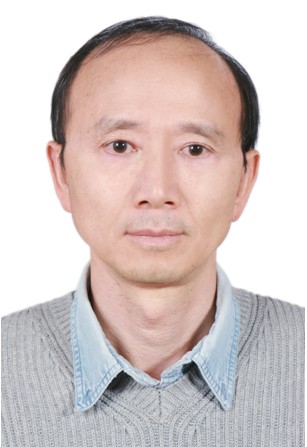学 历:博士
职 称:教授
邮政地址:安徽省合肥市中国科大近代物理系607
办公电话:0551-63603445
传真号码:0551-63603445
电子信箱:zhaozg@ustc.edu.cn
学历与工作简历
1988 年毕业于中国科学技术大学,获博士学位 Professor Zhao made great contribution to the pionic atom experiments performed at Paul Scherrer Institute (PSI) in Switzerland in 90’s when he worked at Swiss Federal Institute of Technology in Zurich (ETHZ). The experiment was to study the effects of the strong interaction to the pionic atoms. The experiment results provided the most precise data and for the first time observed the strong interaction effect onto the width of the 1S level of the pionic hydrogen and deuterium, providing important experimental data for the test and development of the Chiral perturbation theory. Professor Zhao was the spokesperson of BES Collaboration from 1997 to 2001, during when he led the BES Collaboration successfully finished the BES upgrade program, performed the famous R scan experiment, i.e. the measurement of the total hadron production cross section of the annihilation of electron and positron. The measurement played a crucial role on reducing the uncertainties of the g-2 and QCD running coupling constant from the hadronic contribution, which is of great importance for the indirect search for the Higgs bosons. The R scan done by BES is considered to be one of the most important experiments of the high energy physics in recent years. In addition, professor Zhao led BES team collected 58 Million J/y events with high quality, based on which BES Collaboration has been playing leading role in the study of light hadron spectroscopy, the search for new form of matters. Professor Zhao also played a crucial role in defining the BESIII project. He led the team drafted the first version “BESIII detector and its physics program”. Currently, Professor Zhao is leading USTC team at BES Collaboration to continue performing the physics study, focusing on the understanding of the light hadron spectroscopy in the tau-charm energy region, search for the new forms of matter, such as glueball, hybrids and exotic states. Professor Zhao played an important role at University of Michigan (UM), when he was a senior research scientist at UM, for the U.S. ATLAS muon detector development and construction for CERN’s new Large Hadron Collider (LHC). The ATLAS experiment at LHC is expected to be one of the most exciting experiments in the high energy frontier which covers rich physics program and provide great discovery potential in particle physics. For the ATLAS experiment, Professor Zhao is interested in the physics relating to the precision test of the Standard Model and search for new physics beyond the SM. Recently, Professor Zhao is planning of participating the experiment for dark matter searches, and the new project to study the neutrinoless double deta decays. He is searching for young faculties to join his effort on these new projects. ATLAS实验物理 学术与社会兼职 中国高能物理学会常务理事 International Modern Physics Letter编委 “高能物理与核物理”编委会编委 2) Strong Interaction Shift and Width of the 1S Level in Pionic Hydrogen,Phys. Rev. Lett., 75: 3245-3248, 1995. 3) The KARMEN time anomaly: Search for a neutral particle of mass 33.9 MeV in pion decay. Phys. Rev. Lett. 85: 1815-1818, 2000. 4) Measurements of the Cross Section for e+e- -> Hadrons at Center-of-Mass Energies from 2 to 5 GeV,Phys. Rev. Lett., 88: 018021(1-5), 2002.Top citation 5) The ATLAS Experiment at the CERN Large Hadron Collider,Journal of Instrumentation,3: S08003(1-437), 2008.
研究领域
当前主要的研究课题
代表性成果

